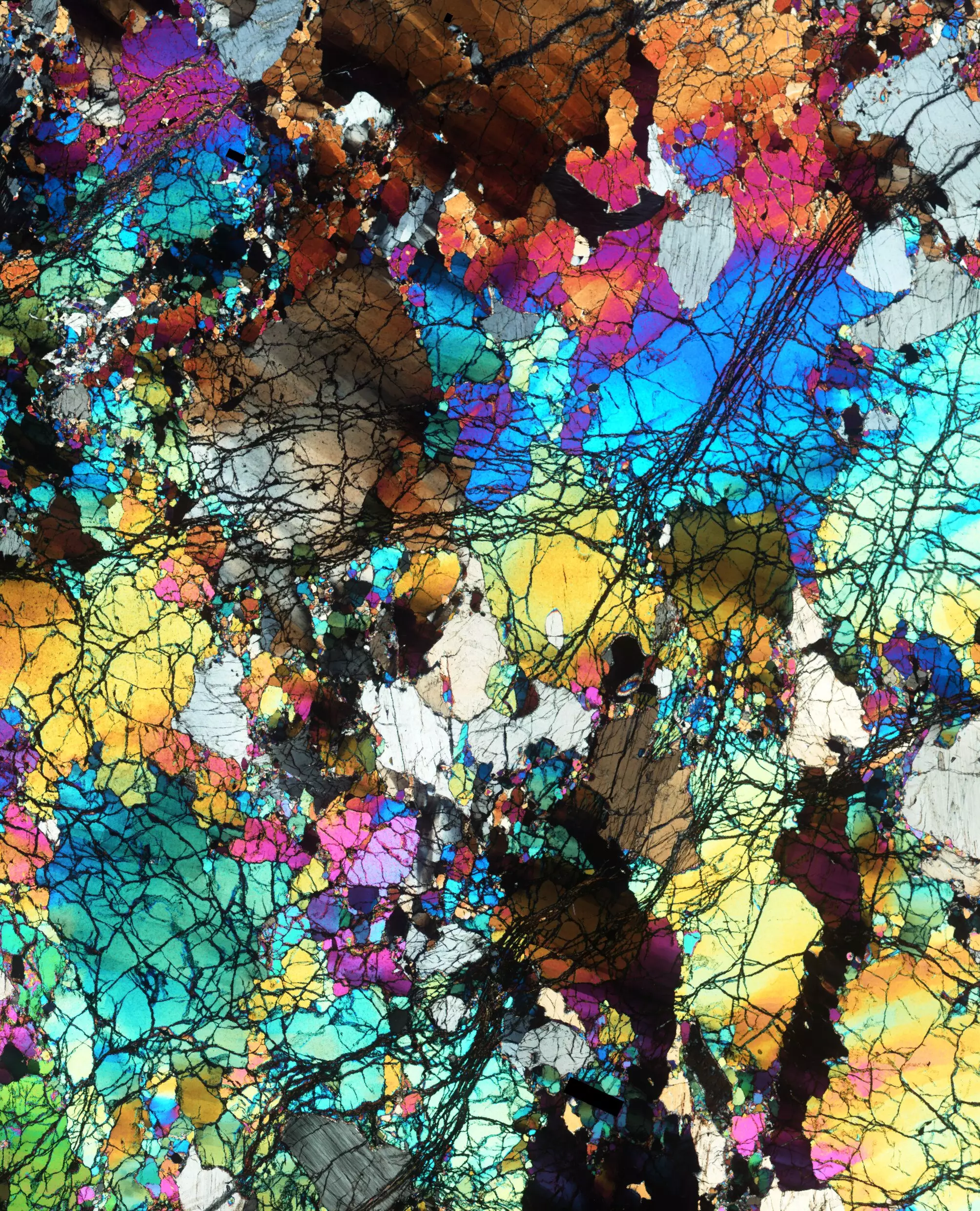A groundbreaking study spearheaded by researchers from the Smithsonian’s National Museum of Natural History has illuminated aspects of Earth’s mantle that were previously shrouded in complexity and misunderstanding. The analysis centers on ancient rocks collected from two oceanic ridges, yielding insights that reshape our knowledge of the Earth’s geological history. These findings not only challenge long-held assumptions but also assert the stability of the oxidation state of the mantle over billions of years, an assertion that dismisses the notion of significant chemical upheavals during the planet’s history.
The rocks, which are estimated to be no less than 2.5 billion years old, serve as remarkable geological time capsules. They contain clues about the conditions of the early Earth, illuminating a time when the mantle was much hotter and geochemically distinct compared to its present state. This research advances our understanding of how Earth’s surface and interior evolved to foster the unique conditions that support life, highlighting the profound connection between geological processes and the origins of humanity.
Defying Conventional Wisdom
Historically, many geologists have leaned towards the idea that the oxidation state of Earth’s mantle has undergone significant changes since the Archean Eon, roughly between 4 and 2.5 billion years ago. They proposed various mechanisms to explain the supposed oxidation, including gas loss to space and the recycling of seafloor materials. However, the current study challenges this narrative. Elizabeth Cottrell, a prominent figure in this research and curator at the Smithsonian, contends that the low oxidation levels observed in these ancient rocks reflect the conditions under which they were formed rather than an evolution towards higher oxidation over time.
The meticulous analysis revealed that these Archean samples are approximately 10,000 times less oxidized than contemporary mantle rocks. This stark contrast underscores a critical point: rather than viewing the mantle’s oxidation state as having significantly evolved, it appears that the chemical character of the mantle has remained largely stable, asserting that the cooling of Earth’s mantle over billions of years has constrained its ability to create ultra-low oxidation-level rocks like those found in the study.
Rock Solid Evidence
The painstaking methodology that led to these revelations involved an in-depth investigation of samples dredged from the Gakkel Ridge and the Southwest Indian Ridge—two of the most quiescent tectonic boundaries in the world. These locales allow scientists to extract more unadulterated samples of the mantle, resulting in a treasure trove of data about its chemical properties. The research team found that the rocks were not only substantially melted—indicating extreme geothermal activity—but also bore a remarkable similarity in geochemical signatures, suggesting they originated under similar ancestral conditions.
Cottrell and her colleagues put forth that the extreme degrees of melting observed correspond to the unprecedented heat that characterized the Archean mantle, postulating temperatures upwards of 360-540 degrees Fahrenheit (200-300 degrees Celsius) hotter than what we currently experience. This idea is a pivotal contribution to understanding the Earth’s early geological era and serves to reinforce how geological factors interact to dictate the planet’s composition over eons.
Rethinking Geological Narratives
The implications of this groundbreaking work extend far beyond the realms of geology; they ripple into our understanding of planetary systems. If the oxidation state of Earth’s mantle has indeed held steady over billions of years, then it rejects notions that geological processes can provoke significant chemical shifts in planetary development. Instead, it posits a steady foundation upon which Earth as we know it was built—an assertion that can frame our understanding of Earth’s evolution and its unique capacity to support life.
Moving forward, Cottrell and her team aspire to simulate the high pressure and temperature conditions of the Archean in the laboratory. This next phase of their research aims to further elucidate the geochemical processes that sculpted the mantle during its formative years. As they delve deeper into the intricacies of our planet’s early history, the potential for unraveling new chapters of Earth’s story seems promising.
In a broader context, understanding the geology of our planet is instrumental not only for grasping its history but also for predicting its future. Providing clarity on the Earth’s mantle and its stability opens intriguing dialogues about the conditions necessary for life elsewhere in the cosmos, posing exciting questions about our beginnings and our place in the universe. The research not only enriches scientific discourse but also fortifies our connection to the world we inhabit, emphasizing that every geologic layer tells a story intertwined with the very essence of life.

